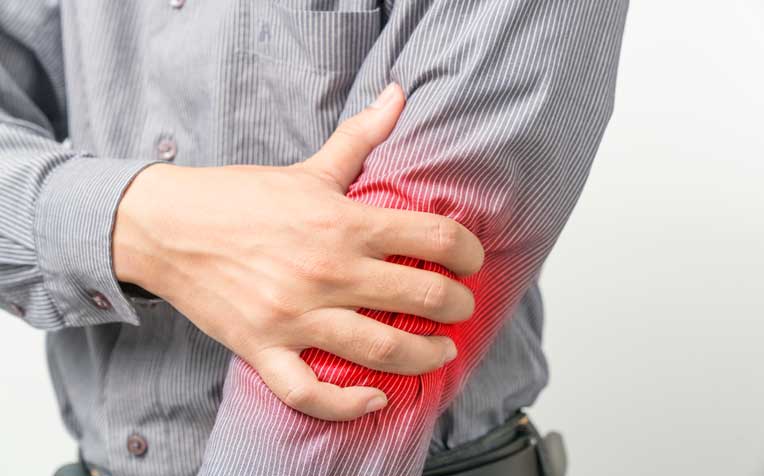
Men with low testosterone levels are at risk of developing secondary osteoporosis.
Fractures resulting from osteoporosis are on the rise here, given the ageing population and sedentary lifestyle.
A study led by Dr Manju Chandran, Senior Consultant and Director of the Osteoporosis and Bone Metabolism Unit, Department of Endocrinology at the Singapore General Hospital (SGH), a member of the SingHealth group, has found that those with secondary osteoporosis are precipitated by factors ranging from vitamin D deficiency to the excretion of too much calcium in the urine, and thyroid problems.
High salt content in Singapore diet may cause hypercalciuria
Hypercalciuria, for example, where increased calcium is excreted in the urine, was found in 22 per cent of patients in the study with secondary osteoporosis – a figure much higher than reported in the West. This, Dr Chandran believes, is likely due to the high salt content in the Singapore diet which can cause leaching of calcium from the bones into the urine.
Link between testosterone and bone loss?
In men, levels of the male hormone testosterone should also be checked since low testosterone levels were found in close to 10 per cent of the male patients. She and her team recommend a handful of basic blood and urine tests that even family doctors can administer to an osteoporosis patient, together with a thorough look at the patient’s history and whether they are on steroids, as extended use of these drugs can cause bone loss.
Dr Joyce Koh, Senior Consultant at SGH’s Department of Orthopaedic Surgery, agreed that there is a general lack of awareness when it comes to treating secondary osteoporosis here. "Hip fractures, if left untreated, have dire consequences due to the acute pain and sudden loss of mobility," she said. "I would like to see at-risk individuals properly assessed and treated to prevent an osteoporotic fracture."
Incidence of osteoporosis in Singapore and worldwide
Osteoporosis causes thinning and weakening of bones. Brittle bones are more prone to fractures, which may happen even with very minimal trauma. Fractures typically occur in the hip, spine and wrist.
- Worldwide, 200 million women suffer from osteoporosis and a woman’s risk of hip fracture is the same as her combined risk of developing ovarian, uterine and breast cancer.
- Caucasian and Asian women, especially those past menopause, are at highest risk. Medications, dietary calcium supplementation and weight-bearing exercise can help strengthen the bones.
- Although women 50 years or older are most at risk, osteoporosis can also affect younger women and men. In Singapore, around 40 per cent of women over 65 are believed to have osteoporosis. One in three women and one in eight men over 50 will have an osteoporosis-related fracture in their lifetime.
Once diagnosed, patients should also be tested for:
- Thyroid function. An overactive thyroid can accelerate bone loss.
- Calcium in the urine. Passing out too much calcium is a common cause of bone loss.
- Vitamin D levels. Having enough vitamin D is critical for adequate calcium absorption and basic bone support.
- Parathyroid function. High hormone levels from these small endocrine glands in the neck are associated with excessive bone loss.
- Kidney function. Kidney failure can be associated with bone loss and some anti-osteoporosis medications can cause kidney damage too.
Ref. T12
Contributed by

















 Get it on Google Play
Get it on Google Play